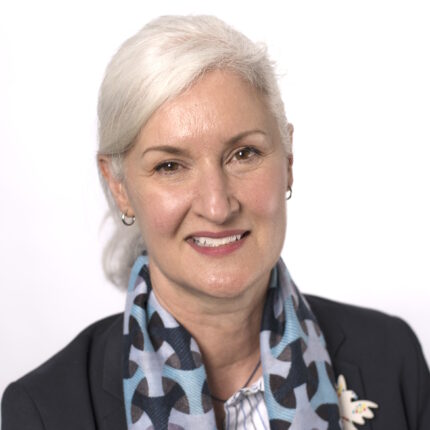The Disabled Student Commitment promises to be a huge step forward for disabled students. The commitment establishes a partnership approach to making progress on the key areas that frustrate the success of disabled students.
The purpose of the Disabled Student Commitment is to secure an enhanced and improved experience for disabled students within higher education. The commitment does not seek to replicate or replace legal duties but asks organisations to do more by focusing on how they can improve the disabled student experience. When universities sign up to it, the bedrock of their approach will be based on an assessment of current practice carried out with their disabled students.
The commitment asks universities to review their practice across the student journey, from open days and admission, to graduation and employability. This will be important in improving the four Cs for disabled students: certainty, consistency, communication, and choice.
The commitment comes at a stage when we urgently need to respond to the expectations of disabled students. The UCAS Next Steps report on disabled students shows that, in 2021, a record 83,220 disabled students applied to higher education. Furthermore, the same study shows over three in five (61 per cent) expect the educational support to be “excellent” or “good” at HE.
However, we also know that, despite improvements over time, disabled students are still disadvantaged compared to their able-bodied peers, and in many cases, have an inadequate student experience. The commitment is then particularly needed as a way that universities can reduce the clash between student expectations and experience.
Tackling exclusion in teaching and learning
The commitment isn’t just for universities, it also sets out ambitions for employers and sector bodies. Crucially, the challenge to move to truly inclusive provision must also be taken up by professional, statutory, and regulatory bodies (PSRBs) and by subject groupings. The commitment will only have a holistic and meaningful impact when an understanding of inclusion is made relevant for practice in all teaching environments. It encourages universities to look within the subject landscape in a way that hasn’t concretely happened till now – involving PSRBs and subject groupings will enable much deeper reflection about teaching, learning and assessment practice.
Practices of teaching, learning and, particularly, assessment can be inadvertently exclusionary, and this requires students (and staff) to follow the time-consuming process to obtain a reasonable adjustment. The uncertainty and inconsistency around these processes (with differences in practice between courses and even individual academics) are some of the biggest barriers experienced by disabled students. Arriving at Thriving published by the Policy Connect Higher Education Commission reported the difficulty that support services professionals experience in trying to get academic staff to provide the reasonable adjustments set out in students’ support plans.
More than this, the competence standards built into course outcomes cannot be adjusted against, and where they rely on particular oral, sensory or hearing abilities, they will exclude those with certain conditions from successfully graduating. While it is legal to set such competence standards, they are required to be objectively justifiable, proportionate and relevant, and they must be explicit and clearly published.
Unfortunately, there are many cases of disabled students finding out during a course that they cannot continue because they are required to demonstrate a skill, knowledge or behaviour that had not been clear when they applied. For example, when time is built into a competence standard (e.g. the ability to demonstrate knowledge or display skills within a time constraint), this has precludes additional time in assessment for those with conditions that might otherwise require it, and this has affected students in diverse areas, such as in some legal studies and health and social care courses.
Often academics themselves are unclear on what the non-negotiables are for their courses and find themselves referring to their subject benchmark statement or, if a recognised or accredited course, to the guidance of PSRBs. This can lead to huge unevenness and even more uncertainty for disabled students, as PSRB higher education frameworks might themselves not always be clear about the ability to mitigate for different abilities, while some (particularly older) subject benchmark statements may be less focused on inclusion. All too often academics and disability advisors are faced with limited guidance and so again, the potential for inconsistency and uncertainty for students arises.
We need new ways for PSRBs and subject communities to reflect on inclusive practice. This will challenge the intractable barriers to disabled student success in the areas of learning, teaching and assessment. By signing up to the Disabled Student Commitment, PSRBs, disciplinary groupings and subject advisory panels can work to reduce the subject-based barriers and finally provide disabled students with the environment to thrive.














Thankyou very much for this very useful blog which really gets to the heart of institutional shared responsibility for disability equity. Universal design for learning (UDL) is such a useful strategic and operational tool for ensuring that equity issues are front and centre from the planning stage. Senior leadership buy in, co-operative work between academics and professional services collegues and students are absolutely vital aspects of informing the culture, strategy and practice of the institution and the sector.